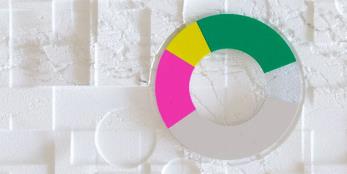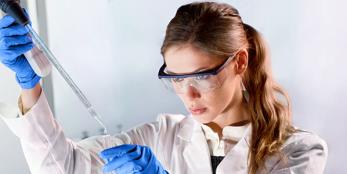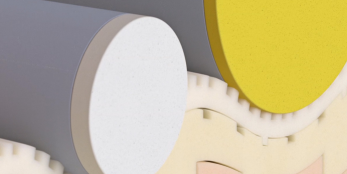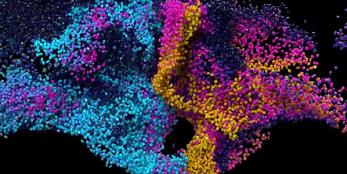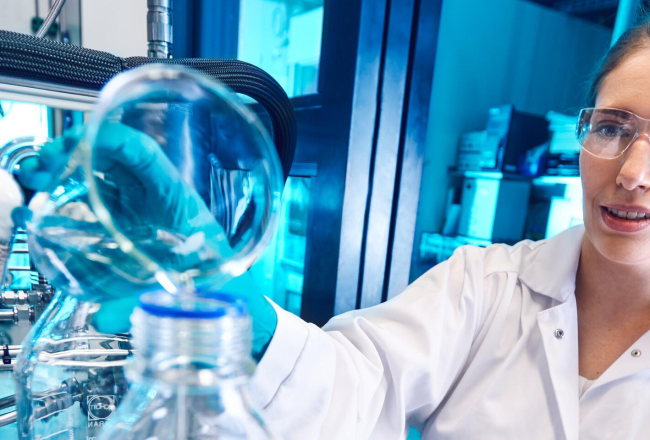
CO₂ as raw material – A new role for the climate gas
CO2: most know it, barely anyone likes it. Justified? Well, maybe not entirely! Because the molecule responsible for global warming and climate change holds something valuable: the element carbon, the origin of life and indispensable for practically all products of our everyday lives.
So far, however, the carbon in it has largely come from fossil sources. Processing and using these in turn releases CO2, which intensifies the greenhouse effect and drives up temperatures on Earth.

Covestro shows that there is another way to think about it: the plastics manufacturer uses the greenhouse gas to replace such fossil raw materials. CO2 is used to manufacture two of the company’s central products. One is polycarbonate, a versatile plastic for a wide range of applications – from car bodies to medical devices and roof elements of stadiums.
Producing plastic with CO2
Furthermore, Covestro uses CO2 in the production of isocyanates. These are chemical precursors that are needed to produce polyurethanes. A versatile class of plastics out of which soft or rigid foams are made, for example. They can be found, among other things, in mattresses, car seats and insulation materials for buildings and refrigerators.
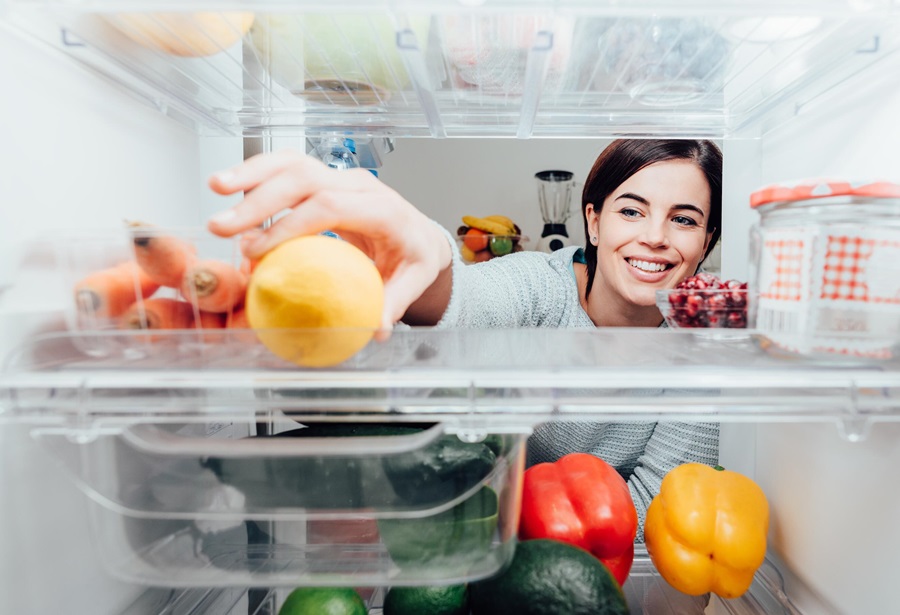
The process of producing isocyanate and polycarbonate is long, and at one stage carbon monoxide (CO) is used. This is exactly where CO2 comes into play at Covestro. The CO can be produced with it in a more environmentally compatible way: up to 50 percent of fossil raw materials can be saved – a contribution to climate protection, conservation of resources and the circular economy.
Covestro uses the CO2 for this purpose in its own production facilities in Germany, Spain, Thailand and Japan. It is also used in production facilities of external suppliers.
In the course of production, the CO2 is chemically bound, and in the end it is also a fixed component of the finished plastic. Covestro’s long-term goal is the climate-neutral production of carbon monoxide with CO2, in combination with one hundred percent green power.
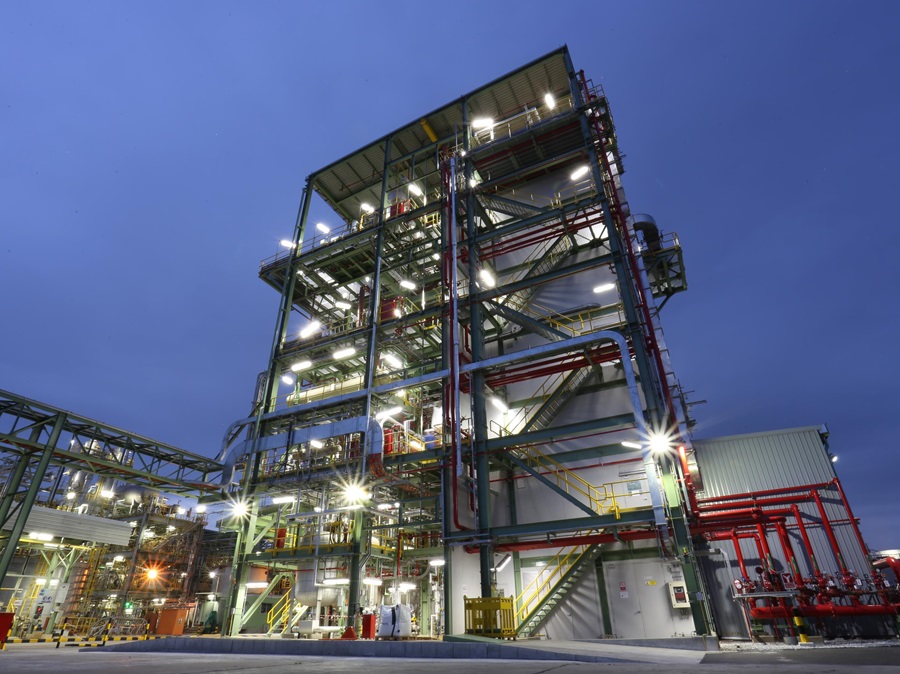
Covestro has also demonstrated that CO2 can be used to derive yet another important chemical precursor: polyol, which is needed in addition to isocyanate to produce polyurethane. Together with its partners, Covestro has developed a special market-tested method to produce polyol without carbon from petrochemical raw materials.


